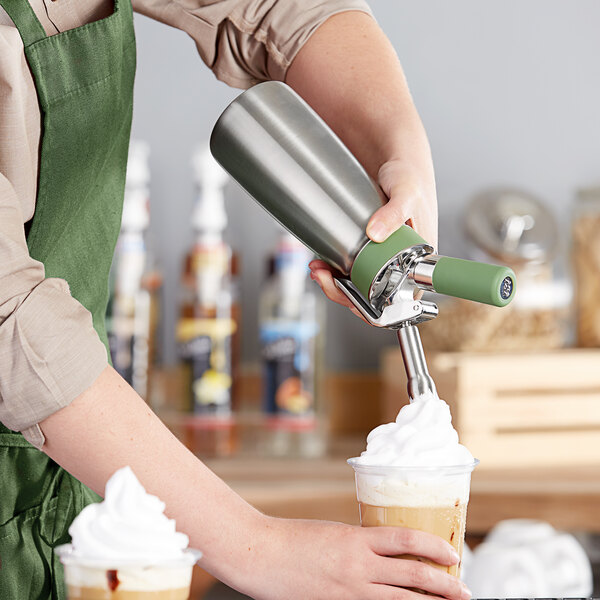Looper whips are an exciting and versatile tool that has become an essential part of performance gear for various entertainers, from circus artists to street performers and musicians. These dynamic props are not just instruments of visual spectacle; they also serve as a means of artistic expression, allowing performers to incorporate rhythm, movement, and sound into their acts. In this exploration of looper whips, we will delve into their history, functionality, and the myriad ways in which they can elevate a performance. Historically, whips have been used for centuries across cultures, often associated with traditional forms of entertainment, such as circuses and rodeos. However, the looper whip is a modern twist that enhances the classic whip’s design. Unlike traditional whips, which may be used primarily for cracking or signaling, looper whips are designed with a flexible, looped end that creates a more versatile range of movements. This design not only makes them safer for performers but also opens up new avenues for creativity.

The flexibility allows artists to create intricate patterns and rhythms, making their performances visually captivating. One of the standout features of looper whips is their ability to produce sound. As the performer cracks the whip or swings it through the air, it generates a distinct sound that can complement the rhythm of the performance. This auditory element adds a layer of complexity to the act, engaging the audience on multiple sensory levels. For musicians, looper whips can even be integrated into musical performances, serving as percussion instruments that synchronize with live music, enhancing the overall experience. The versatility of looper whips extends beyond sound production. Performers can use them in various styles, from dance and acrobatics to fire performances and theatrical acts. In dance, for example, the whip can become an extension of the dancer’s body, allowing for fluid movements that blend with the music. When used in acrobatics, it can accentuate stunts, adding flair and drama to the performance.
Fire performers can incorporate looper whips as a stunning visual element, creating trails of flame that mesmerize the audience. Moreover, looper whips are relatively easy to learn, making them accessible to beginners while still offering challenges for seasoned performers. Many workshops and online tutorials are available, allowing aspiring artists to explore the fundamentals of whip techniques, including cracking, looping, and combining movements with music. As performers gain confidence, they can experiment with choreography and incorporate their unique style, leading to the development of personalized acts that reflect their individuality. The community surrounding looper whips is also thriving. Performers often share tips, tricks, and choreography through social media platforms, creating a vibrant network of artists who inspire each other. This sense of community fosters collaboration, with performers collaborating on projects or participating in festivals and events that showcase their talents. Such interactions not only enhance the skills of individual performers but also elevate the art of performance as a whole.